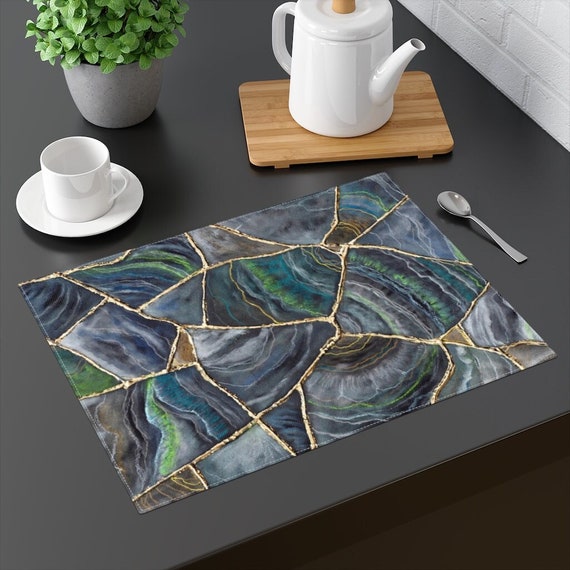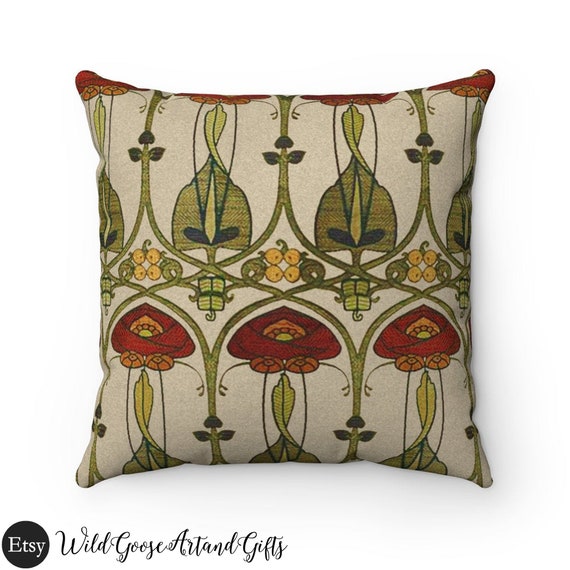The Main Principles Of Unique Art
The Main Principles Of Unique Art
Blog Article
Unique Art - Truths
Table of ContentsThe Buzz on Unique ArtExcitement About Unique ArtUnique Art Fundamentals ExplainedThe Ultimate Guide To Unique Art
While one might debate which art type holds priority, the truth continues to be that each of these seven types provides an one-of-a-kind window into human background, culture, and development. They are the tapestries that chronicle our trip, reminding us of our past while inspiring visions for the future.Great artwork narrates, makes individuals look two times, and creates a special experience that can not be matched. Art and illustrations connect all of that via color, shape and various other design components. Discover exactly how to make your distinct art work stand apart from the crowd.

8 TRIA GIOVANEqual parts grand and laidback, this foyer created by Anthony Baratta is the perfect plan to follow if you're decorating an official entrance that still really feels unfussy and comfy. Patterned fabrics take center phase (see the carpets and the couch), however they likewise help bring the high ceilings to a human scale when hung over wallpaper.
Rumored Buzz on Unique Art
18 Heidi Caillier DesignA gallery wall does not need to occupy the whole area. Actually, occasionally a small one can make a larger design declaration. In this living space, Hiedi Caillier chose for micro-mini frames and an arbitrary composition. Ad - Continue Reading Below19 Stephen Kent JohnsonDesigner Juan Carretero went with a deep eco-friendly paint shade to contrast with the light wood coatings.
The elements of this languageits forms, lines, colours, tones, and texturesare used in various ways to produce experiences of volume, area, movement, and light on a flat surface area. These components are integrated into expressive patterns in order to represent genuine or mythological sensations, to translate a narrative style, or to produce wholly abstract visual connections.
Later the notion of the "fine artist" developed in Asia and Renaissance Europe. Noticeable painters were managed the social condition of scholars and courtiers; they signed their job, decided its design and frequently its subject and images, and established an extra personalif not constantly amicablerelationship with their clients. Throughout the 19th century painters in Western societies started to shed their social setting and safe and secure patronage.
The Single Strategy To Use For Unique Art
Others earned a revenue through visiting exhibitions of their job. The requirement to appeal to an industry had actually replaced the similar (if less impersonal) needs of patronage, and its effect on the art itself was most likely similar as well. Usually, musicians in the 20th century might reach a target market just through commercial galleries and public museums, although their job might have been periodically replicated in art regulars.

Don't copy the design blog of other artists if you're trying to locate your design. Copying other people's artwork can be excellent in educational functions yet it will not make you closer to locating your own distinct style. Your artistic style has to be, what you such as and what motivates you.
I would certainly consider your own style as a style you paint in normally, when you release all ideas and rules and just concentrate on painting, not assuming regarding it. Unique Art. The style has to come naturally to you when you are loosened up and you Unique Art can't require it or it won't be your own design, simply somebody else's
The Main Principles Of Unique Art

With time you'll have the ability to sort all of them right into your favored and least favorite classifications. Try to concentrate your interest on the subjects and mediums that you like and prior to you see it coming you'll have your very own personal and special style, like no person else have! So in the end you'll have a few favorite subjects to repaint and maybe a couple of favored mediums.
The style needs to establish itself in time with a great deal of technique and experiments - Unique Art. Thanks for reading this post and if you have any type of inquiries leave them in the comments below, I would certainly enjoy to address these
Report this page